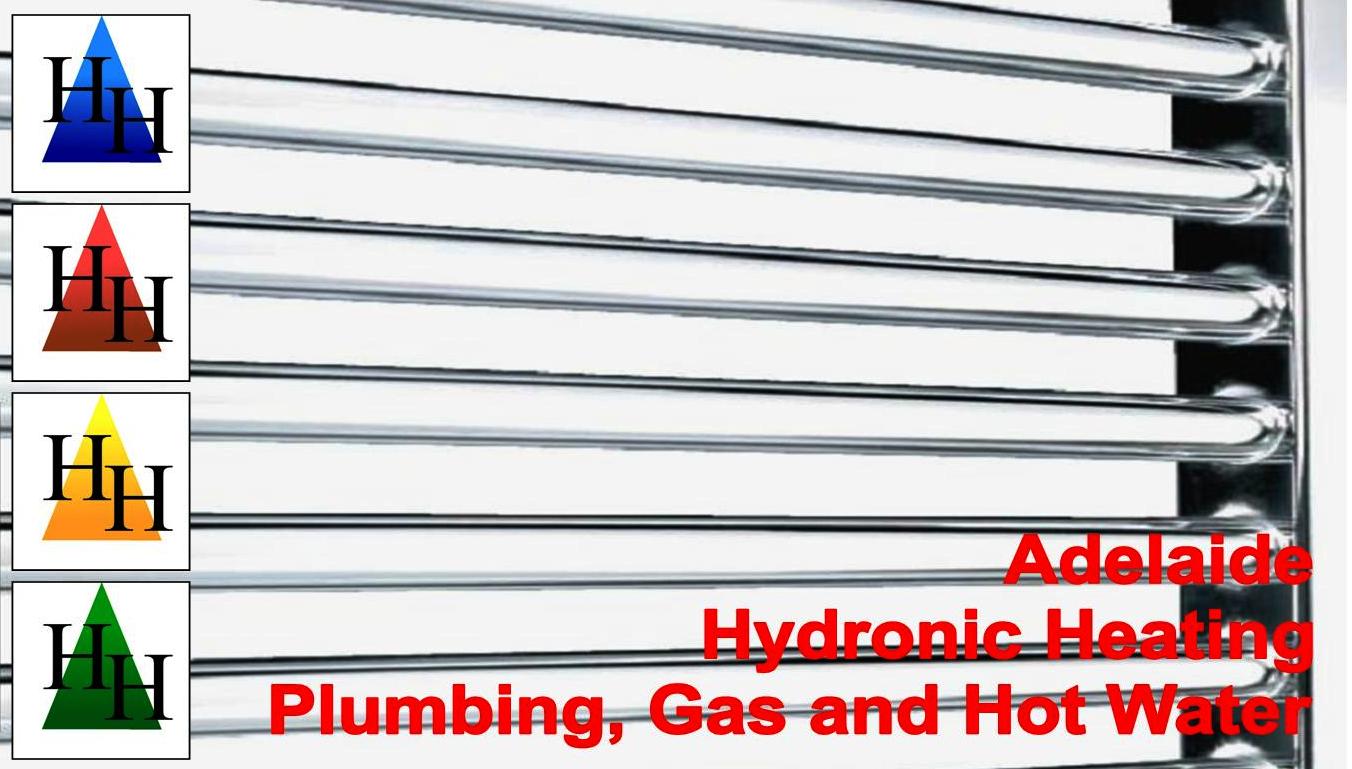"Keep the head cool
and the feet warm"

Hydronic heating otherwise
known as underfloor heating or
radiator heating warms the home
or
office from the floor up providing the best heating available.
Water is heated by a gas boiler or a heat pump and is circulated
through a network of underfloor hose coils, in floor convectors or wall
hung radiators which in turn radiate that warmth into the surrounding
slab creating a thermal mass or onto furniture and from there into the
surrounding space.
Because the warmth is
efficiently distributed to where it is most needed hydronic heating is
affordable to run. Once the system has switched off the heat
left in
the floor or radiators still rise into the room and are therefore not
lost.
Hydronic heating has kept Europe and Asia warm for generations.
Hydronic heating is also the
heating of choice for many nursing homes, office blocks, schools,
government buildings and homes
because it provides a healthy and
comfortable living or working atmosphere.
Because the heat is dry mould, fungi and house dust mite will not
habitate the area.
Furthermore dust and germs
are not recirculated from room to room because there is no ducting.
This makes hydronic heating a healthy choice.
A dry home is a healthy home.

Hydronic heating cangenerally be installed in
three ways.
The most popular and effective way is in the concrete slab, or better
still, on the concrete slab with insulation mats covered by screed.
This is known as underfloor heating or in-slab heating. Underfloor
heating heats the concrete providing a thermal mass, which in turn
keeps the area above it warm for some time.
Because this network of piping is encased in concrete I generally use
REHAU cross
linked pex pipe. It is high quality A class pipe that has withstood the
test of time for over thirty years.
Floor convectors are commonly used to catch the cold as it sinks down
off large panels of glass, such as sliding doors or floor to ceiling
windows. This cold air is then sucked up through the convector fins and
pushed back up alongside the glass forming a curtain of warm air that
prevents the cold from penetrating into the room, and the warmth from
escaping outside. This same principle applies to radiator heating. Both
radiators and convectors can also be fan
assisted.

If the building has already
been constructed then radiant panels otherwise known as radiators could
be the answer. Radiators work the same way as floor convectors work but
instead of being in the floor they are hung on the wall providing the
advantage of radiant warmth as well as convective heating.
All three forms of heating use the principles of convection or radiation as the main form of distributing the heat throughout the area.
Radiators use radiant heat
and convective heat, convectors use, as the name implies, convection to
distribute the warmth and underfloor heating radiates the warmth
directly to above. Radiant warmth is the
warmth one feels when standing near a fireplace.
Radiant warmth is also
appreciated in a bathroom to warm towels or to stand near after
bathing. It is a direct form of heating. Convective heat is created
when cool air is sucked in from beneath two panels and rises out above.
It then circulates warming the whole area unlike radiant heat which
heats only the surfaces facing it.

Green or sustainable
building is becoming increasingly popular and is encouraged by the
government through the Building Code of Australia.
Location, design, insulation and ventilation and are carefully
considered so as to make the most of seasonal factors to keep a
building at a comfortable and constant temperature and to reduce our
reliance on mechanical heating and cooling.
Ideally any form of mechanical heating or cooling should be looked at
as secondary or boosted heating or cooling, leaving innovative building
designs to generate the primary source of warmth or cooling.
Running
Costs of hydronic heating compared with traditional forms of heating.
The following table is made available by the Victorian Government and
has therefore been subjected to a cooler winter and different energy
tariffs; however the proportion remains the same.
The red bars are labelled
"zoned" on the left hand and "whole house" on the right side.
When each room or space is individually zoned the running costs are greatly improved because those areas that are not used do not need to be heated. In addition some areas may be heated at a lower temperature than other areas. If each room is thermostatically controlled then the desired temperature is automatically monitored.
When considering the running cost the effect
of the heating should also be taken into consideration. I have included
an article "Heating and Wellbeing" in
which there is a diagramme showing the effects of different sources of
heating on a person.
- NatHERS Thermal
Simulation Program for a typical new home with R2.5 ceiling insulation
and R1.0 wall insulation in Melbourne
- 24 hours heating to 18ºC for in-slab heating; 8 hours heating to 21ºC for all others
- Tariffs current at April
2001-GD 13.0c/kWh, natural gas 0.95c/MJ, LPG 70.0c/lt, wood $175/tonne.
Supply charges not included.
- Costs for reverse cycle
air-conditioners based on average GD electricity tariff.
- For an energy smart home
reduce costs by 30%
- For every 1ºC increase in operating temperature, increase costs by 15%;
for 24 hour heating, double these costs (except in-slab)
In areas where there is no Natural Gas great improvements have been
made to gas
boilers and heat pumps to minimise running costs.
Whether your choice is for underfloor heating, convective heating or
radiant panels it is comforting to know that your hydronic heating
investment will remain compatible with the ever changing fuel sources.
For all service or repairs
to existing hydronic
heating, gas or hot water units and installations
as well as any general
plumbing jobs:
maintenance@adelaidehydronicheating.com.au
To learn more about the
installation of new gas, hot
water or hydronic heating
units and systems:
queries@adelaidehydronicheating.com.au
Tel Number: 04 3293 7069
Please note this is a South Australian based
business.



